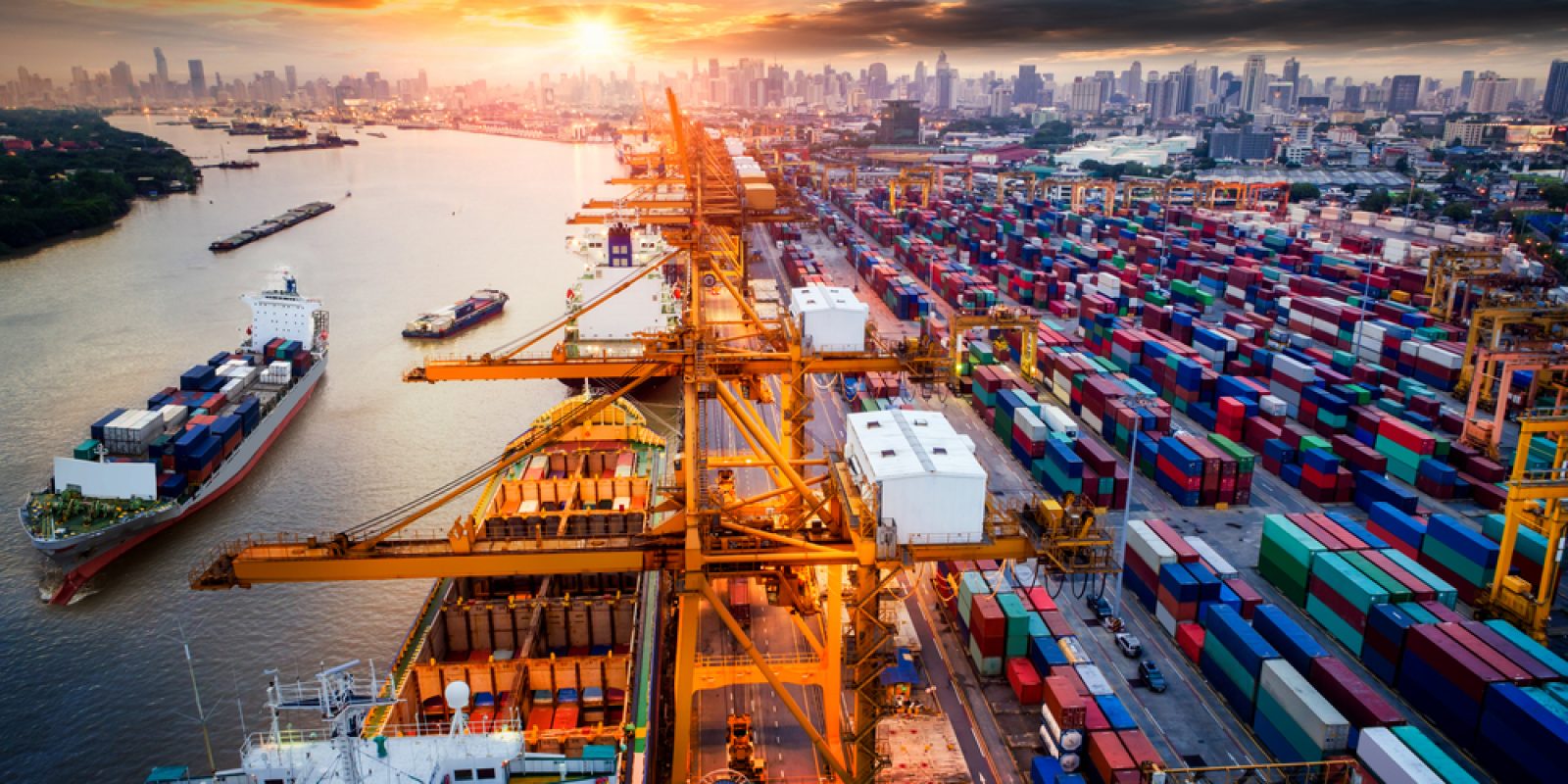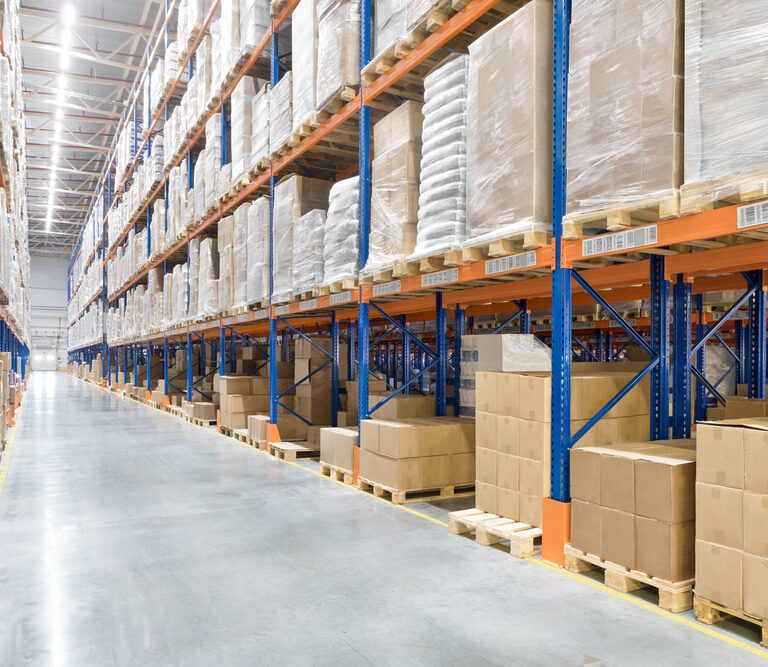Tariff policies continue to change between the U.S. and its largest trading partners. There are currently very few industries not experiencing the effects of tariffs on their supply chains. Here are the latest tariff updates that supply chain leaders should know.
- The U.S. increased tariffs on all imports from China and Hong King from 10 percent to 20 percent on March 4, 2025.
- On March 4, 2025, Beijing instituted a 15 percent tariff on chicken, wheat, corn and cotton imports from the U.S. and a 10 percent tariff on sorghum, soybeans, pork, beef, aquatic products, fruits, vegetables and dairy products.
- China maintains its tariff of 10 to 15 percent on American liquefied natural gas (LNG), coal, crude oil, farm equipment and select automotive goods.
- The U.S. has postponed the 25 percent tariff on many goods imported from Canada and Mexico until April 2, 2025.
- Canada’s $21B USD worth of tariffs on U.S. imports such as coffee, appliances, footwear, certain paper products and more will remain in place as of March 6, 2025.
- A second wave of Canadian tariffs on U.S. imports has been suspended.
- Beginning Monday, March 10, Canada will charge 25 percent more on electricity imported into the U.S.
- The U.S.’ 25 percent tariff on steel and aluminum from all countries, and 50 percent tariff on metal imports from Canada went into effect Wednesday, March 12. This will primarily impact imports from Canada, UAE and Mexico, which lead in aluminum exports and Canada, Mexico and Brazil, which lead in steel exports.
- Canada instituted a 25 percent tariff on U.S. steel, aluminum and other products on Thursday, March 13.
Impacted Industries
While the number of industries expected to be impacted by tariffs has remained stable, the number of impacted products within those industries continues to climb. Industries like automotive, apparel, manufacturing, construction, household goods, energy/natural gas, agriculture and consumer goods remain impacted. We are seeing a significant increase in impacted products within agriculture, consumer goods and energy/natural gas. Keep reading for an update on the strategies these industries will need to employ to stay competitive amid the increased cost to import.
Navigating New Tariffs
Supplier diversification may not be an option. A common first-line approach to navigating tariffs is to change sourcing locations. This works well with tariffs for a particular country, as supply chains sourcing from that country can pivot to another sourcing location. However, for blanket tariffs on products, like the 25 percent tariff on aluminum and steel, this strategy is not effective. The product will be taxed regardless of where it is coming from. Supply chains relying heavily on aluminum and steel imports will need to employ other strategies.
So, what do you do when strategies like supplier diversification and facility relocation are not viable options?
Relocating Warehousing, Manufacturing and/or Distribution
The ultimate goal of tariffs is to get U.S.-based companies to relocate their operations to the U.S. While this can be the right option for some organizations, the cost is not insignificant. The cost to build a warehouse of 50,000+ sq. ft. ranges from $2.5 million and requires products like steel which are among the resources being tariffed.
But what if the building already exists? The national average rate of warehouse vacancies currently sits at 6 percent, meaning the market is incredibly competitive for leasing an existing warehouse. If you are able to find and lease a warehouse, one-time startup costs can range anywhere from $530,000 to $1.2M for a small company and up to $10M for mid-size to large companies.
If you’re unable to find an available warehouse that meets your needs or don’t have a construction budget, there are some cost saving strategies that could help you overcome tariff costs.
Cost Saving Solutions
It’s never a bad idea to take a look at where you can cut down on costs without sacrificing customer service levels. This could include purchasing your imported items in large quantities ahead of time to receive discounted bulk rates and reduce the number of incoming shipments you’ll have to pay tariffs on. Keep in mind that this will increase your inventory, so make sure to have a cost-effective plan for where and how to store it.
If this isn’t enough, you may need to find other areas to cut costs. Think about ways to decrease your transportation costs by reevaluating your carrier contracts or optimizing your shipments. You can also increase productivity to decrease wasted labor spending by implementing Lean process improvement strategies, investing in associate training programs and improving access to real-time information for improved decision making.
Flexibility
Policies are changing every day, which means adjusting your supply chain strategies to the tariffs is not a one-time process. Maintaining a competitive advantage while also protecting your company’s bottom line will require a significant amount of adaptability within your operations. Creating a flexible supply chain is the best line of defense for thriving in any market.
AI continues to be a valuable tool for creating flexibility in the supply chain. AI-enabled tools like dynamic pricing and demand forecasting can help you stay on top of a changing market and allow your key supply chain functions to shift with it.
Navigate Tariffs with Confidence
As tariffs and other trade policies continue to evolve, supply chain leaders will need to create a pattern of adaptability within their operations. enVista’s supply chain strategy experts can give you personalized guidance in optimizing your network strategies. Let’s Have a Conversation®.






